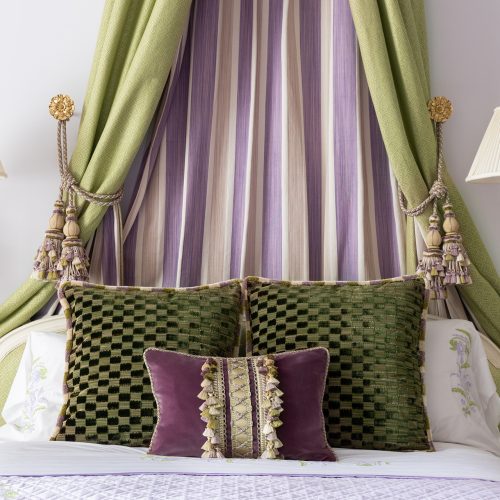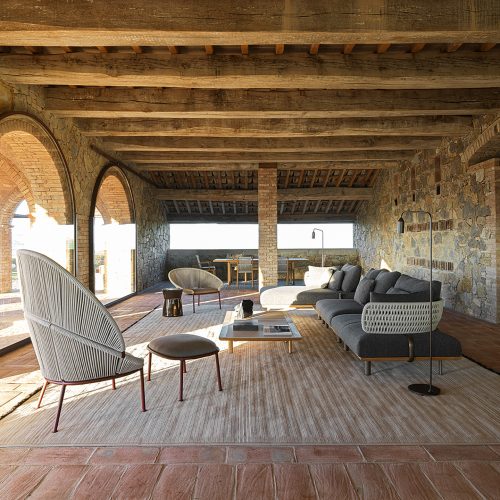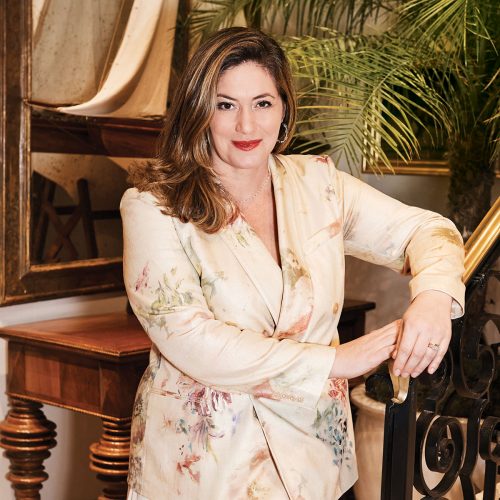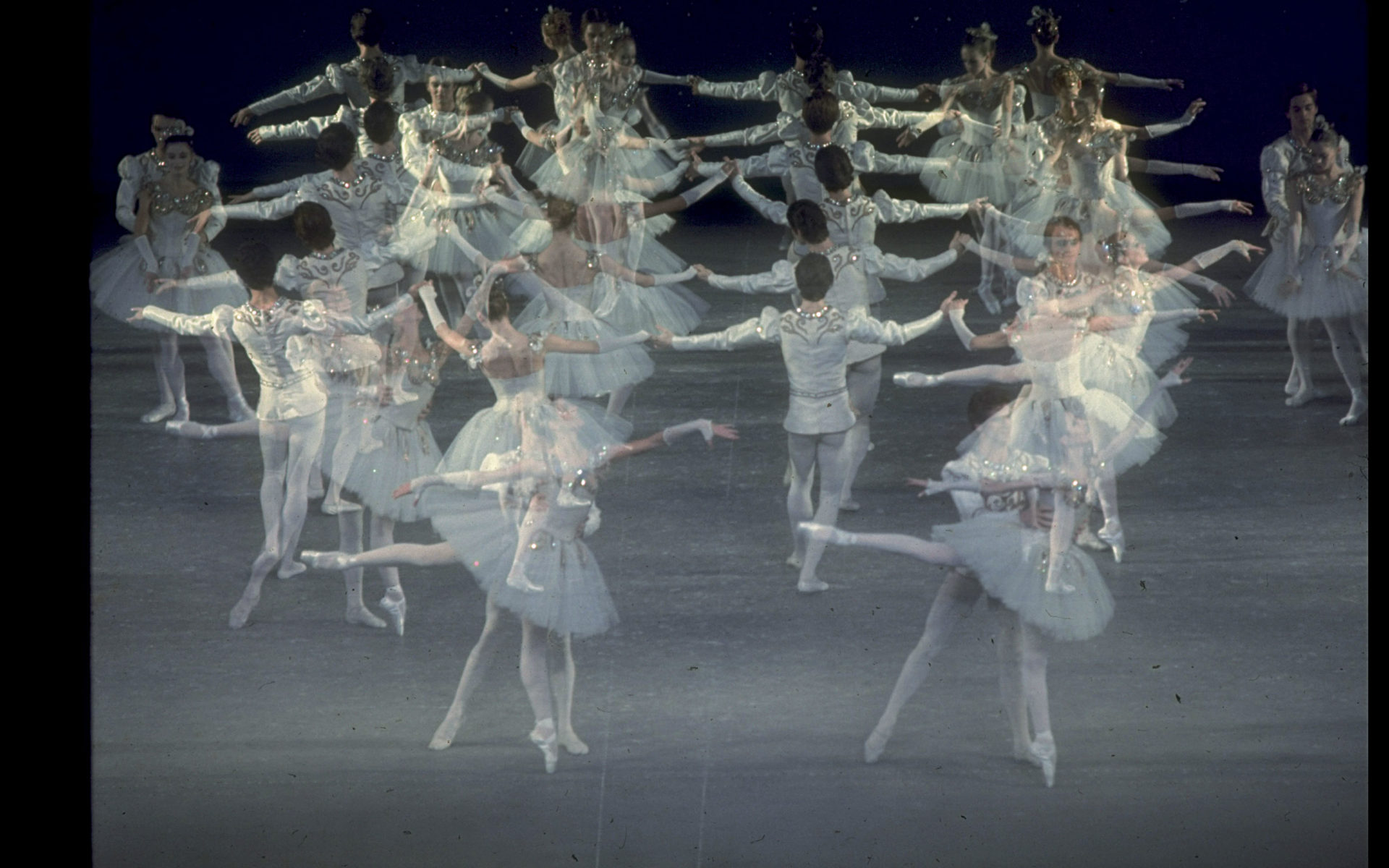

The Colorful History of Van Cleef’s Balletic Brooches
50 Years after helping to inspire George Balanchine’s Ballet Jewels, Van Cleef & Arpels ballerina pins still keep imaginations en pointe
In the spring of 1967, George Balanchine’s Jewels premiered at the recently completed Lincoln Center for the Performing Arts in New York City. The ballet in three acts—“Emeralds,” “Rubies,” and “Diamonds,” each with its own distinct music, color, and mood—was an instant triumph. “It is open to doubt,” wrote Clive Barnes in The New York Times, “whether even George Balanchine has ever created a work in which the inspiration was so sustained, the invention so imaginative or the concept so magnificent.”
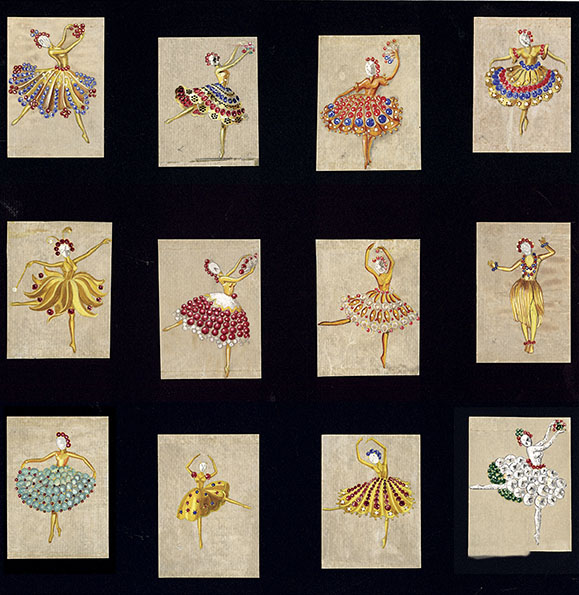
Now celebrating its 50th anniversary, the dance triptych was inspired by Balanchine’s frequent strolls down Fifth Avenue past the windows of Van Cleef & Arpels. By then, the jewelry firm was well-known for its ballerina clips, the signature bejeweled brooches that were introduced to great popularity during World War II and are still sought after by collectors today.
The story behind the clips is as colorful as their appearance. Several members of the Paris-based Arpels family, who came to New York to exhibit at the 1939 World’s Fair, decided to stay as instability grew in Europe. But it was not a time for splurging, and the company responded by producing accessible, lighthearted pieces, including the ballerina brooches. Some were modeled after legends such as famed 18th-century French dancer Marie Camargo and turn-of-the-century Russian luminary Anna Pavlova.
Less clear—certainly in official lore—is the influence exerted by a third superstar, the acclaimed British dancer Alicia Markova, who was embroiled in a tabloid romance with the married Van Cleef & Arpels cofounder Louis Arpels. Cholly Knickerbocker, the notorious midcentury gossip writer, once noted that Arpels changed his Atlantic sailing date at great trouble just to ensure the two were on the same boat.
Questions of inspiration aside, the pins proved to be a hit, and the company has continued to produce new variations. Collectors of the clips have ranged from movie stars to Middle Eastern royals, and prized vintage pieces have brought as much as $422,000 at auction.
As for Jewels, it was Claude Arpels, Louis’s nephew and a great patron of dance, who encouraged the choreographer to create the work. Today, the ballet is considered a masterpiece, while Van Cleef & Arpels supports dance companies and productions around the world, among them Benjamin Millepied’s recent Gems trilogy—inspired, yes, by Balanchine’s classic.

